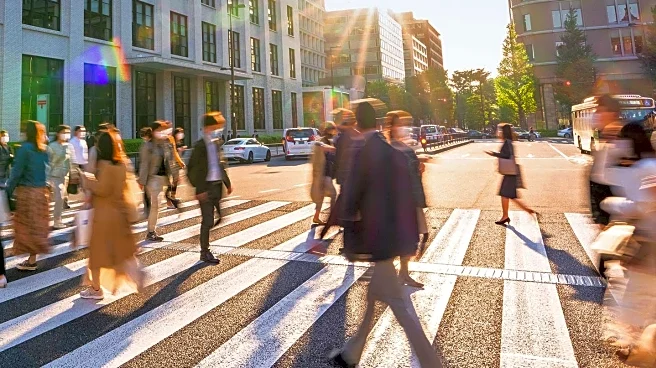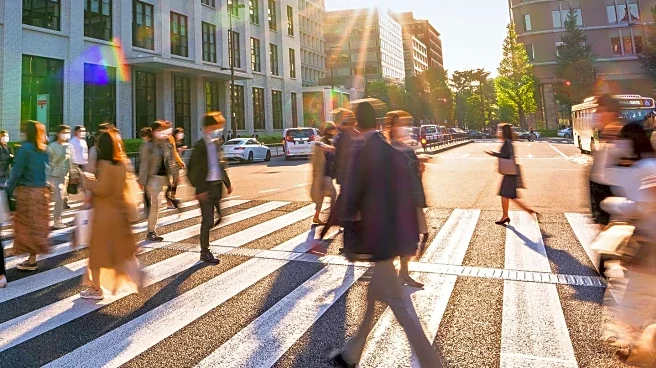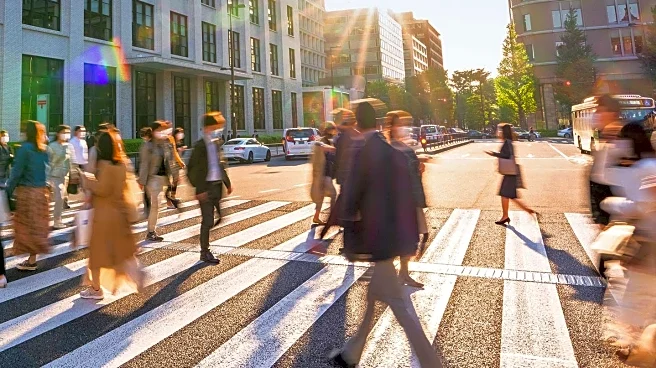What is the story about?
What's Happening?
A recent study published in the journal Nature reveals that living in a walkable city can significantly increase daily step counts. Researchers analyzed data from the Argus step-tracking app, involving 5,424 participants who moved between 1,609 U.S. cities. The study found that moving to a city with a higher Walk Score, which measures the ease of walking to amenities, can increase daily steps by approximately 1,100. Conversely, moving to less walkable cities can decrease step counts by the same amount. The study emphasizes the importance of environmental factors in promoting physical activity and suggests that changes in living environments can directly enhance health.
Why It's Important?
The findings underscore the role of urban planning in public health. Walkable cities not only encourage physical activity but also contribute to overall well-being by reducing reliance on vehicles. This can lead to lower pollution levels and improved mental health due to increased outdoor activity. Urban planners and policymakers might consider these findings to design cities that promote healthier lifestyles. Individuals living in less walkable areas may face challenges in maintaining physical activity levels, potentially impacting their health negatively.
What's Next?
While moving to a more walkable city may not be feasible for everyone, individuals can increase their step count through alternative methods. Suggestions include joining local gyms, using home treadmills, or exploring nearby trails. Urban planners might use this study to advocate for more walkable infrastructure in cities, potentially influencing future city designs to prioritize pedestrian-friendly environments.
Beyond the Headlines
The study highlights a broader societal shift towards valuing walkability in urban environments. This could lead to increased demand for housing in walkable areas, affecting real estate markets. Additionally, the emphasis on walkability might inspire innovations in urban design, focusing on sustainable and health-promoting city layouts.
AI Generated Content
Do you find this article useful?











